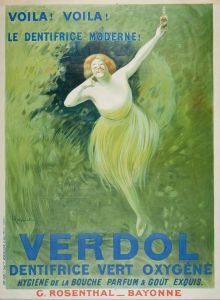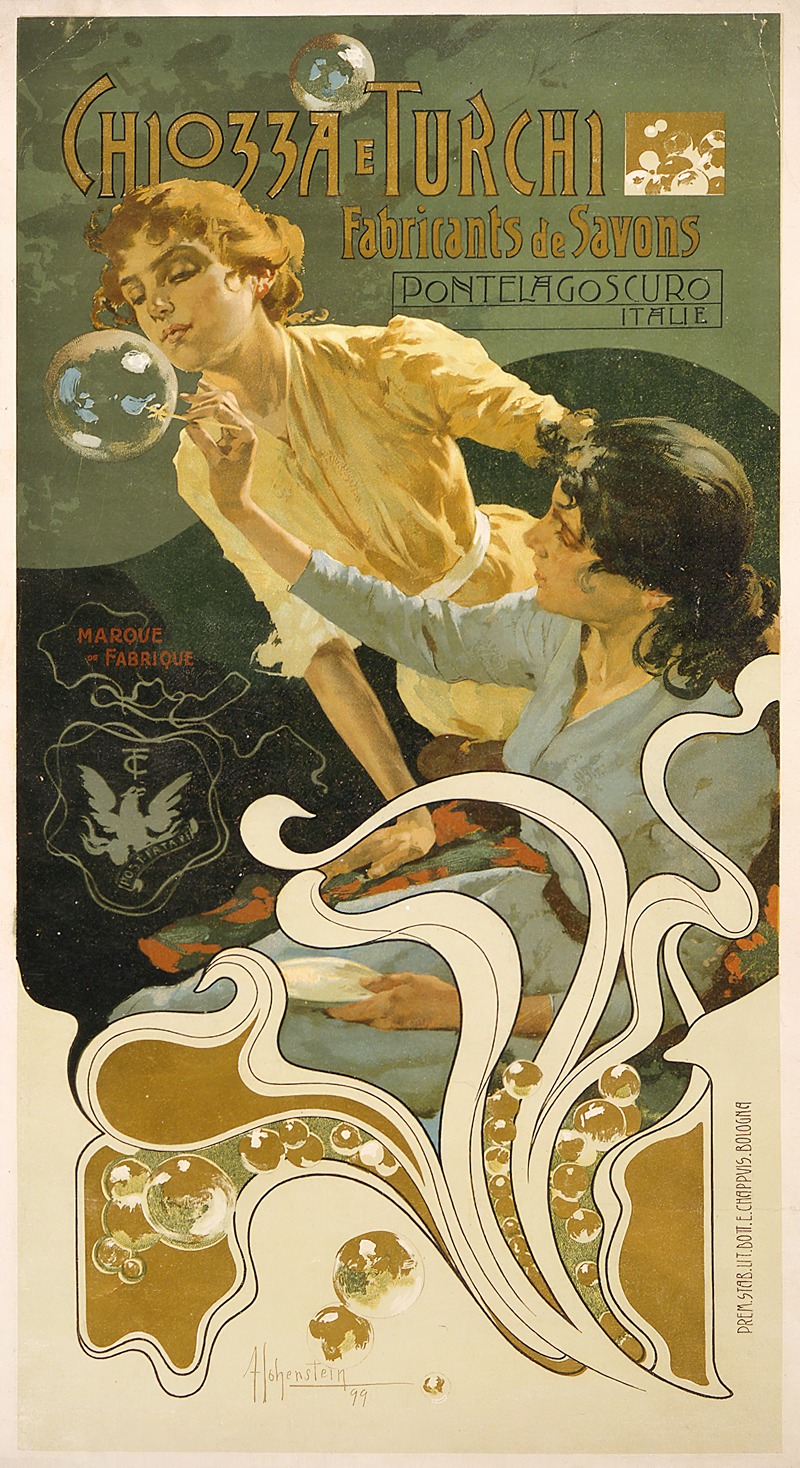
Chiozza e Turchi, fabricants de savons, Pontelagoscuro, Italie
A hand-painted replica of Adolfo Hohenstein’s masterpiece Chiozza e Turchi, fabricants de savons, Pontelagoscuro, Italie, meticulously crafted by professional artists to capture the true essence of the original. Each piece is created with museum-quality canvas and rare mineral pigments, carefully painted by experienced artists with delicate brushstrokes and rich, layered colors to perfectly recreate the texture of the original artwork. Unlike machine-printed reproductions, this hand-painted version brings the painting to life, infused with the artist’s emotions and skill in every stroke. Whether for personal collection or home decoration, it instantly elevates the artistic atmosphere of any space.
Adolfo Hohenstein's Chiozza e Turchi, fabricants de savons, Pontelagoscuro, Italie is a notable example of late 19th-century commercial art. Created by Hohenstein, a German-Italian painter, illustrator, and graphic designer, the work exemplifies the flourishing art nouveau style that was prominent during the period. Hohenstein, often referred to as the "father of Italian poster art," was a key figure in the development of modern advertising and graphic design in Italy.
This piece was designed as an advertisement for the soap manufacturing company Chiozza e Turchi, which was based in Pontelagoscuro, a town in the Ferrara province of Italy. The company specialized in producing soaps and other cleaning products, and Hohenstein's work was commissioned to promote their brand. The advertisement reflects the artistic and commercial trends of the time, blending aesthetic appeal with functional marketing.
Hohenstein's design is characterized by its elegant composition, intricate detailing, and use of vibrant colors, hallmarks of the art nouveau movement. His ability to combine artistic sophistication with commercial purpose made him a sought-after designer for advertisements, posters, and theatrical productions. While specific details about the content of this particular artwork are limited, it is consistent with Hohenstein's broader body of work, which often featured stylized figures, floral motifs, and dynamic layouts.
The collaboration between Hohenstein and Chiozza e Turchi highlights the growing importance of visual advertising in the late 19th and early 20th centuries. During this period, companies increasingly turned to artists to create visually striking promotional materials that could capture the attention of a rapidly expanding consumer base. Hohenstein's contributions to this field helped to elevate commercial art to a respected form of creative expression.
Today, works like Chiozza e Turchi, fabricants de savons, Pontelagoscuro, Italie are appreciated not only for their historical significance but also for their artistic value. They provide insight into the cultural and economic dynamics of the time, as well as the evolution of graphic design as a discipline. Hohenstein's legacy endures as a pioneer who bridged the gap between fine art and commercial design, leaving an indelible mark on the visual culture of his era.





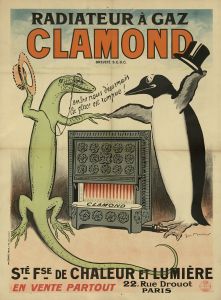
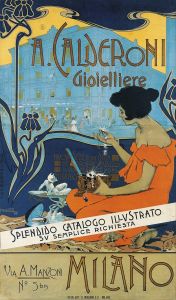
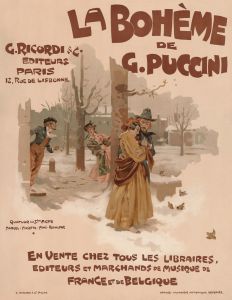
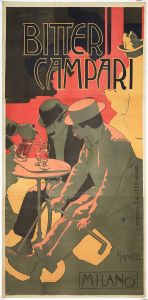
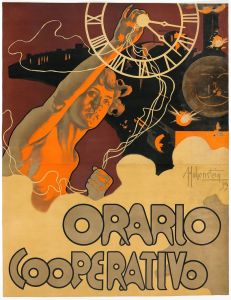
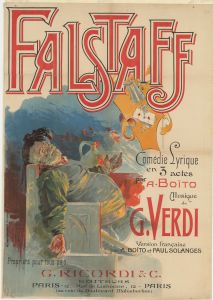
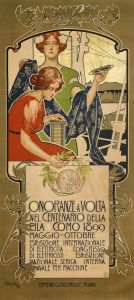
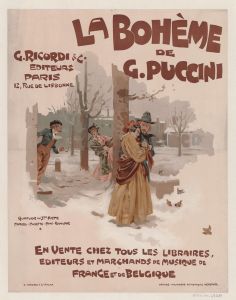
![Designs for staged commercial or trade exhibition displays of coal-fired water heaters and furniture.] [Perspective sketch in orange with rainbow edges](/imgs/249324/s/winold-reiss-designs-for-staged-commercial-or-trade-exhibition-displays-of-coalfired-water-heaters-and-furniture-perspective-sketch-in-orange-with-rainbow-edges-7c407bf3.jpg)


